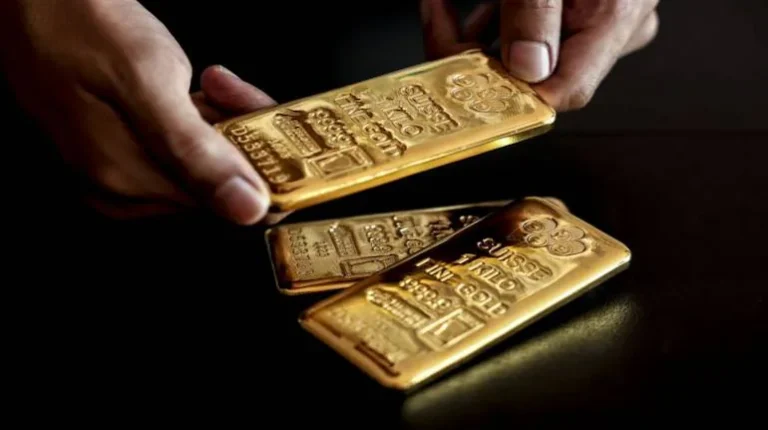
Ever noticed how the price of gold or silver seems to swing up and down? It’s not just a random thing—a bullion dealer, who trades precious metals, adjusts their prices based on a bunch of different market trends. Here’s a quick rundown of what these trends are and how they influence those price changes.
Economic Shifts
When the global economy takes a hit—whether due to a financial crisis or political unrest—people often flock to gold and silver. These metals are considered safe havens in uncertain times, so their prices usually go up when there’s economic trouble. A bullion dealer might raise their prices to reflect this increased demand.
On the other hand, when the economy is booming and everything’s looking up, folks might shift their focus to stocks or other investments with higher potential returns. As a result, the demand for precious metals can drop, leading bullion dealers to lower their prices to attract buyers.
Inflation’s Role
Inflation is another big factor. When prices for everyday items are rising, the value of money decreases. Gold, on the other hand, tends to hold its value better than cash. So, when inflation kicks in, more people buy gold and silver to protect their wealth, pushing up the prices. Bullion dealers often adjust their prices upwards during high inflation periods to match the increased demand.
Interest rates also come into play. When rates are low, it’s cheaper to borrow money, and investing in precious metals might seem more appealing compared to other options. Dealers might raise their prices in response to this increased interest. Conversely, when interest rates rise, precious metals might not look as attractive, leading dealers to lower prices to stay competitive.
Currency Fluctuations
Currency exchange rates can also affect bullion prices. Since most precious metals are priced in US dollars, changes in the value of your local currency compared to the dollar can impact prices. If your currency is strong, gold and silver might be cheaper for you, potentially increasing demand and pushing up prices. Bullion dealers might adjust their prices based on these shifts to align with the market.
On the other hand, if the US dollar strengthens, it can make bullion more expensive for buyers using other currencies. This could lead to decreased demand, and bullion dealers might lower their prices to attract more customers.
Investor Sentiment
Investor sentiment and speculation play a part too. When people get excited about the potential for higher bullion prices, they might rush to buy, driving prices up. Bullion dealers need to stay on top of these trends and adjust their prices accordingly. If there’s a lot of speculation in the market, prices can become quite volatile, and bullion dealers have to navigate these fluctuations.
In Summary
Bullion prices are constantly in flux due to a range of factors. Economic conditions, inflation, currency rates, and market sentiment all play a role in shaping how bullion dealers price their gold and silver. By keeping an eye on these trends, you can get a better understanding of why bullion prices move the way they do and how dealers adjust to meet the market’s demands.